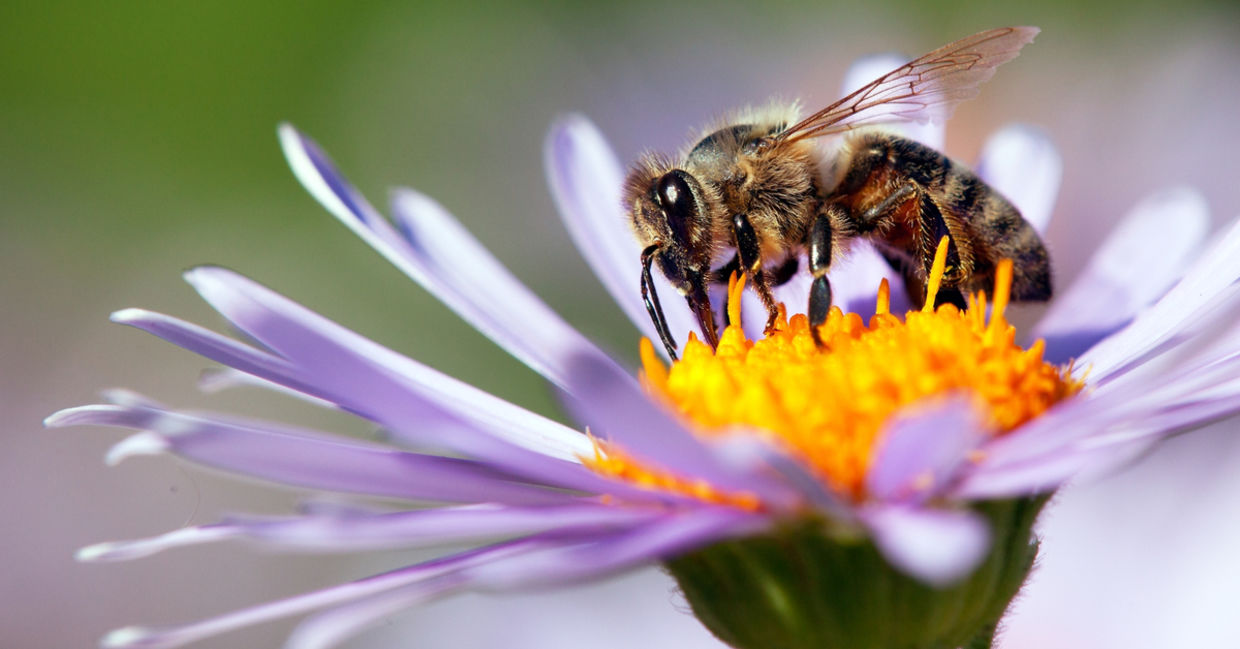
(Daniel Prudek / Shutterstock.com)
When thinking about what makes our world go round, it’s easy to forget about the little guys; however, pollinators, such as bees, birds, and bats are responsible for one in every three bites of food that we eat.
While pollinators have been on the decline over the past few years, several noteworthy programs are making sure these essential species don’t go extinct.
The National Pollinator Garden Network, for example, was launched in 2015 with the goal of rehabilitating these vital ecosystems. Their initiative, the “Million Pollinator Garden Challenge” has been so successful, that currently over 1,040,700 gardens (5 million hectares of land) are registered as pollinator-friendly.
The program encourages gardeners, schools, and homeowners to cultivate habitats that help pollinators thrive. Most of the registered gardens are in the US; however, many are popping up in Mexico, Canada, and Europe as well.
The initiative’s website explains:
“The Million Pollinator Garden Challenge (MPGC) is a nationwide call to action to preserve and create gardens and landscapes that help revive the health of bees, butterflies, birds, bats and other pollinators across America. We will move millions of individuals, kids and families outdoors and make a connection between pollinators and the healthy food people eat.”
Gardens registered under the program increase the pollinator population by cultivating non-invasive, native, and pollinator-friendly grasses and plants. To enhance and encourage accessibility and productivity of these resources, gardens should also have exposure to direct sunlight, irrigation or other water sources, minimal pesticides, and protection from strong winds.
The campaign has also encouraged participants to increase educational services regarding these critical ecosystems.
Their website provides practical resources, such as curriculums for schools, training for professionals, and plant lists for individuals who want to get involved.
It’s so easy to get started that anyone with even a small patch of land can contribute.
“From enhancing our food supply to increasing the biodiversity of our environment, these hard-working pollinators need to be protected at all costs. Explains Val Dolcini, president of the Pollinator Partnership. “By protecting their lives, we’re preserving ours.”
YOU MIGHT ALSO LIKE:
7 Reasons Why You Should Care about Bees
This Simple Paper Could Save Bee Populations From Extinction
Planting Wildflowers Could Save Honey Bees From Extinction







